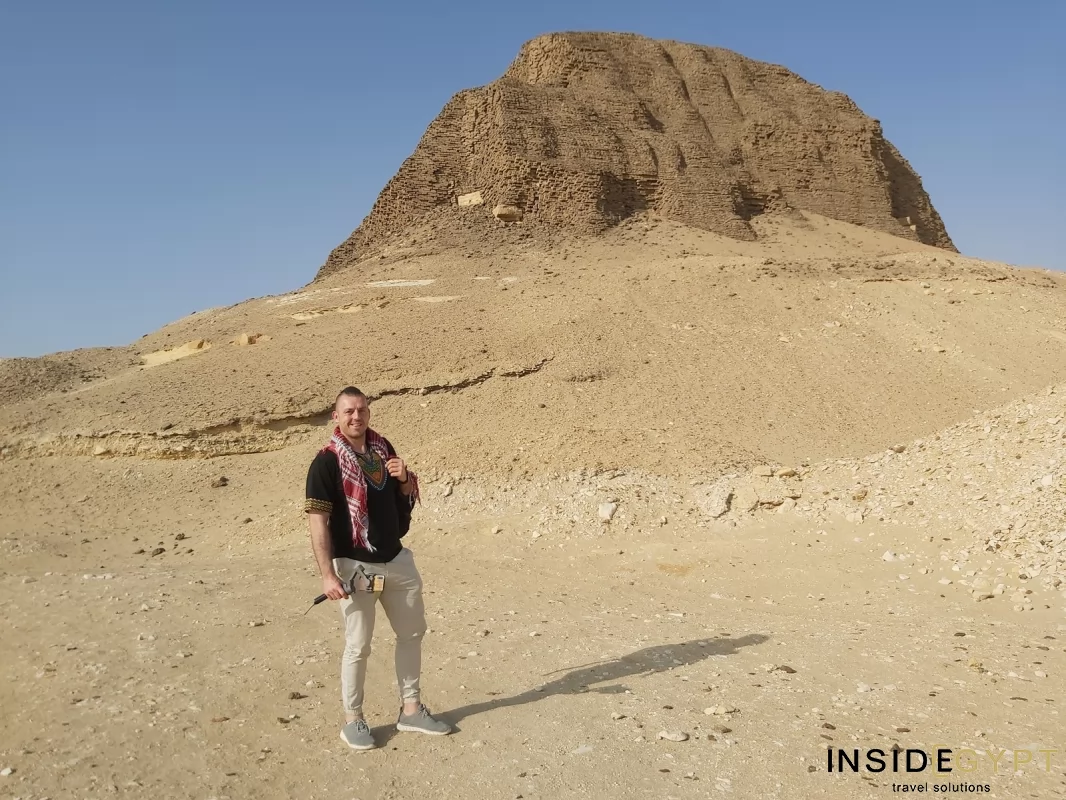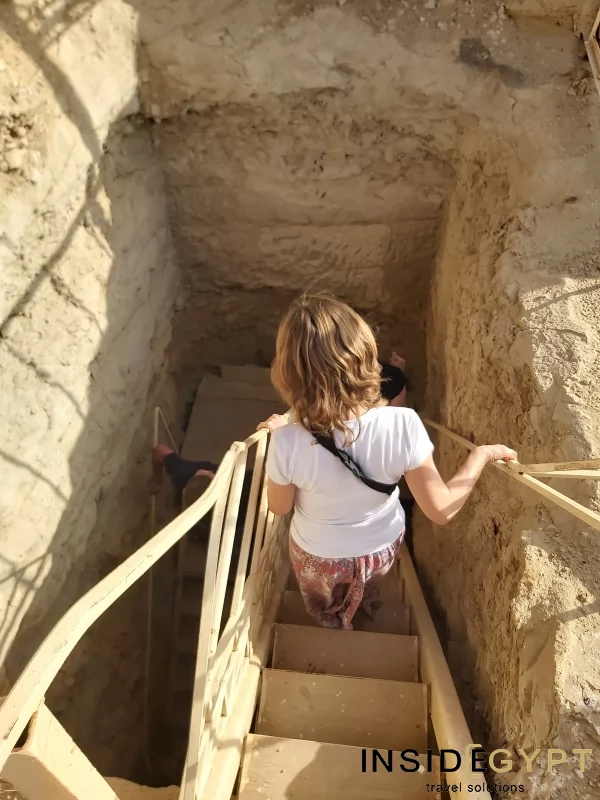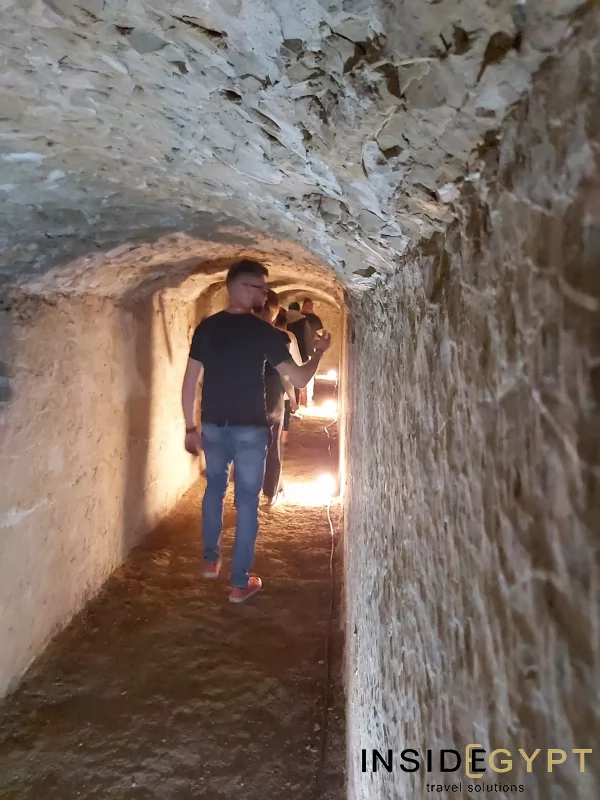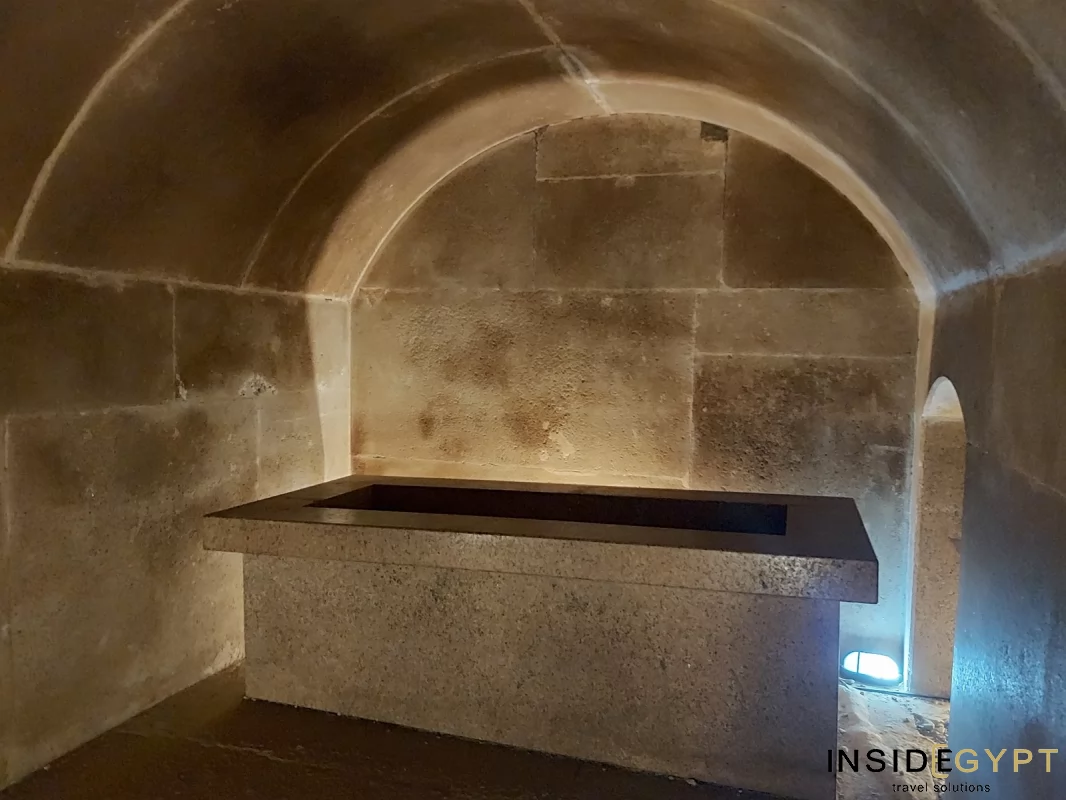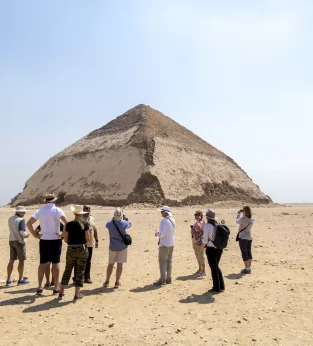Stay updated!
The Senuseret II pyramid resembles a stone ball half buried in the sand.
Visiting the ruins of the pyramid of Pharaoh Senuseret II in El-Lahun (which we’ll do during our luxury Egypt vacations tour), you need to show great imagination. Then you can see a 50-meter high structure covered with white limestone. Around it, a city of workers working on its creation will emerge.
In El Lahun stands the first such a large pyramid in Egypt, almost entirely made of mud brick, rather than stone. During its construction (19th - 18th centuries BC), a rock outcrop was used as the core, in which four steps were cut. It was then covered with bricks and a white limestone veneer. Unfortunately, 600 years later it was removed from the building. The EL-Lahun pyramid certainly cannot compete with the Giza structures in terms of height and condition, but its architecture and construction should be seen & appreciated.
On the south side of the pyramid, Senuseret II decided to build a resting place for his family. One of the tombs belonging to the ruler's daughter also served as an underground entrance to the pyramid. This is unusual because usually the entrance was located in the north face of the pyramid itself.
Valuable items were found inside the Senuseret II pyramid. Although the burial chamber was looted in antiquity, a red granite sarcophagus and an alabaster sacrificial table were preserved. The tomb of one of the ruler's daughters, located south of the pyramid, also contained a surprise: the treasure of Lahun. It consisted of jewelry and toiletries, which can be seen at both the Egyptian Museum in Cairo and at the Metropolitan Museum in New York.
At a distance of 1 km from the funerary complex of Senuseret II, the builders of the pyramid founded the city. It had a regular plan, and the size of the houses corresponded to the social position of their owners. Unfortunately, at present, no traces of the foundations are visible, as after the excavations carried out by William Flinders Petrie at the turn of the 19th and 20th centuries, they were covered with sand so that they would not be damaged. During this work, a rich collection of papyri with various contents known as the Kahun Papyri was discovered in the western part of the city. They show both the administration and economy of the town, as well as private affairs of its inhabitants. Some of them are specific scientific works on mathematics, gynecology, and veterinary medicine with a description of diseases and methods of their treatment. Most of the collections can be found at the University College London.
Start your adventure! Book your luxury Egypt tour!
